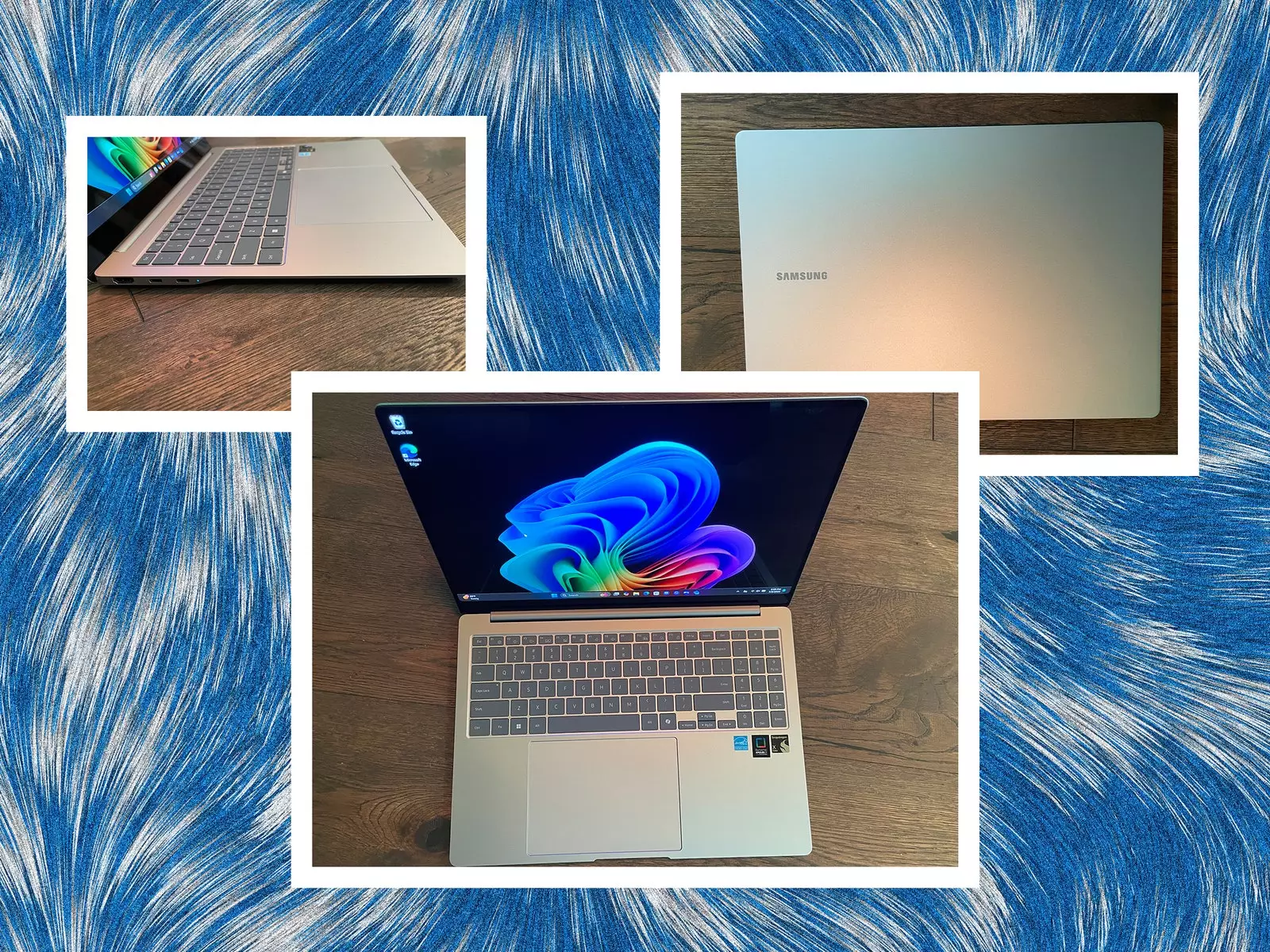In the ever-evolving landscape of personal computing, Copilot+ PCs emerge as a notable contender, particularly for users prioritizing mobility and battery longevity. These machines leverage ARM architecture, a shift that offers potential performance benefits and more efficient power usage compared to traditional x86 architecture. However, with this shift come certain challenges that users must navigate, particularly concerning software compatibility and performance metrics against established desktop giants like Intel and AMD.
Remarkably, when operating standard business applications such as Microsoft Office and various web browsers, Copilot+ PCs often perform better than their Intel and AMD counterparts at similar price points. This performance leap can be attributed to the efficient ARM architecture, which governs lower energy consumption, thus prolonging battery life across the board. Users can enjoy extended hours of operation away from charging points, making these devices enticing for professionals on the move or students balancing a busy schedule.
Despite this promising potential, the adaptation of software applications for ARM, while improved considerably compared to five years ago, remains a significant sticking point. The considerable historical dependency on x86 architecture means that many existing programs were not designed for ARM compatibility, leading to varying degrees of usability issues and performance limitations.
One of the salient issues facing potential users of Copilot+ PCs revolves around application compatibility. Although the Microsoft Prism emulator enables running certain x86 applications on ARM, it is not a universal solution. Users still encounter difficulties with many applications, which either do not run properly or require performance-heavy emulation processes that hinder efficiency. For advanced application users—whether they are running sophisticated software for data analysis, project management, or even gaming—these compatibility hurdles can be a significant deterrent.
Additionally, this challenge extends into popular software realms, as some mainstream tools such as Google Drive for Desktop fail to support ARM architecture. The discrepancy creates an environment where users may find themselves unable to access essential applications that ordinarily enhance productivity, leading to frustration and potentially costly workarounds.
In terms of graphics capabilities, Copilot+ PCs have not yet proven to be competitive with established Intel and AMD systems. The integrated Snapdragon GPU found in these machines is subpar for demanding applications like gaming or visual rendering. This limitation further alienates specific user demographics who depend on high-end graphics performance for tasks ranging from casual gaming to professional graphic design. Those whose workflows are heavily reliant on strong visual performance will inevitably gravitate towards traditional PCs that offer superior graphics processing units (GPUs) and support for discrete graphics setups.
As Copilot+ PCs continue to evolve, the anticipated release of models powered by Intel or AMD might mitigate many of these issues, providing a more seamless experience without the inherent ARM compatibility problems. However, users may need to forgo the remarkable battery-life performance that ARM architecture provides, presenting a classic trade-off situation.
Ultimately, the landscape painted by Copilot+ PCs is nuanced; these devices are tailored for users who value extended battery life and operate within the general usage parameters of office applications and lightweight web browsing. More demanding users should be mindful of the limitations present in current offerings, particularly regarding application compatibility and graphics capabilities.
Some features inherent to Copilot+ systems—such as the groundbreaking Live Translate—show promise and innovation. However, other capabilities may appear gimmicky, subject to individual user reception and the evolving dialogue surrounding privacy concerns and feature usefulness.
As consumers weigh the merits of Copilot+ PCs, it becomes clear that these devices are best appreciated for their unique advantages while understanding their limitations. The progression of this technology will undoubtedly spark ongoing conversation about the future of personal computing—and the balance between innovation, compatibility, and performance will remain pivotal in determining user adoption rates.


Leave a Reply
You must be logged in to post a comment.